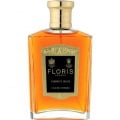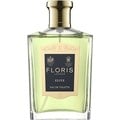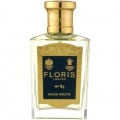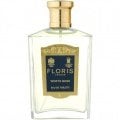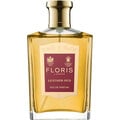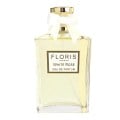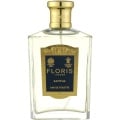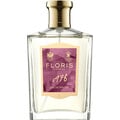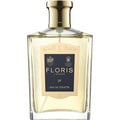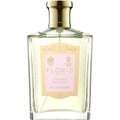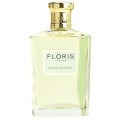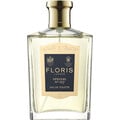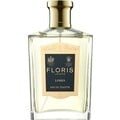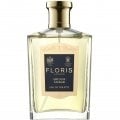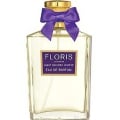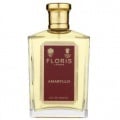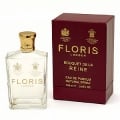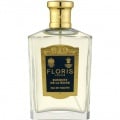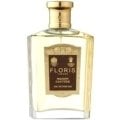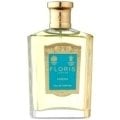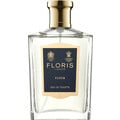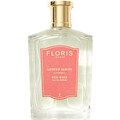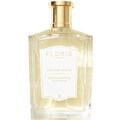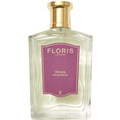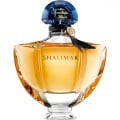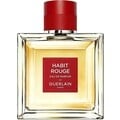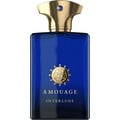Translated
Show original
Show translation
![Yatagan]()
Yatagan
Top Review
52
Why is it called 1927?
Uncommented fragrances No. 138
Usually you write a comment when you are enthusiastic. I can't help it either. Cracks are rarer. I usually don't enjoy it. Even rarer or never one writes comments to something or a smell, if one is surprised. I never did. Still, I decided to do it here once.
The fragrance actually fits quite well into several of my grids (yes, but I have interests beyond lavender and colognes): it contains aldehydes (I'm testing everything that contains aldehydes right now), it contains narcissus (I just like dolle), it contains violets (they look cute and smell very fine, I think) and it starts with bergamot and mandarin, which I already like anyway. Musk and patch in the base isn't so wrong either. At least that's the theory you can read above about the ingredients.
But how this all smells together, I would have expected differently then.
Bright (but not fresh) it starts first, but the aldehydes can't be smelled. They take the helm here and don't let it go for a long time. So you have to like it sometime. If you don't like this, you can leave the comment here (HERE).
But then a harmony appears for me, which should appear quite green to all synaesthetes (someone there?). I don't know where that could come from - except from the bottle colour - but it reminds me a little of this climbing plant green from Cacharels Eden (which I like very much). And look: the two fragrances have a lot in common: tangerine, bergamot, mimosa, white bloomer, patchouli - and I bet on musk and aldehyde on both. Thus the flowers are difficult to differentiate in both cases and have more of an overall effect. In both cases the patchouli seems to play an important role, which, by the way, is neither earthy, hippiesque or Indian in Eden nor 1927, but rather a bit dull, heavy, waxy, which I actually find very beautiful, even if it doesn't sound that way. A powdery tone certainly comes from the musk, the sweetness perhaps from the vanilla. All in all, it's logical. You shouldn't have been surprised, but I couldn't imagine how these notes would combine with each other.
Now the question arises from the title, namely why the fragrance is called 1927. The attempt of an answer: Floris has launched a series of fragrances, all of which have a year in / as their name. Of course, the fragrance should remind you of the fragrant traditions of the respective year (1927, 1962, 1976, 1988: actually all are quite good, I find the idea exciting as well). In 1927 Floris reminds on his homepage of the Roaring Twenties, of Jazz, of the Bohemians of those years. I also think that the aldehydes and the flower opulence of the fragrance go very well with it and in that same year fragrances like Arpège, Zibeline, Chaldée, Cuir de Russie and even Pitralon (the old mixture sometimes called "Swiss variant") were created. Especially Arpège fits well as a comparison (see ingredients), but 1927 by Floris seems a little too modern for me in this context, which could be due to the strong aura of Patchouli, which reminds me very much of the 70s in this concise form. I was socialized there.
But all in all the fragrance is very successful, very exciting especially since it has hardly been noticed so far. He's scratching my wish list



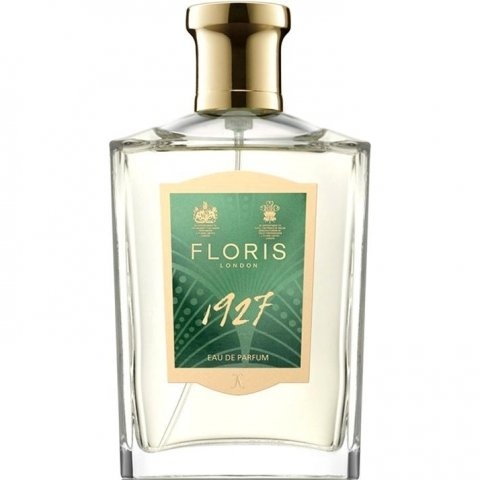



 Top Notes
Top Notes 


 Heart Notes
Heart Notes 


 Base Notes
Base Notes 




 Javijabs
Javijabs